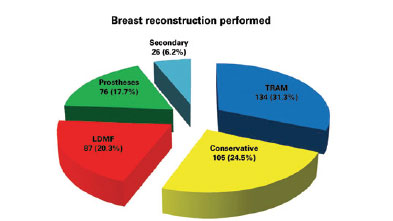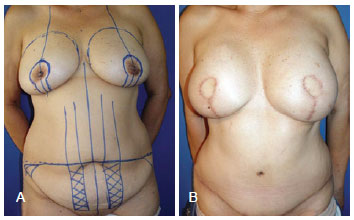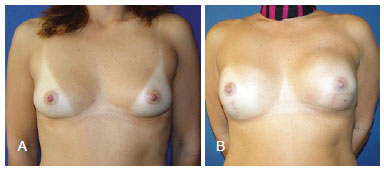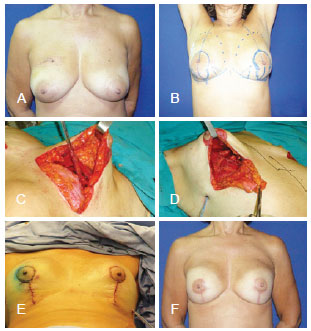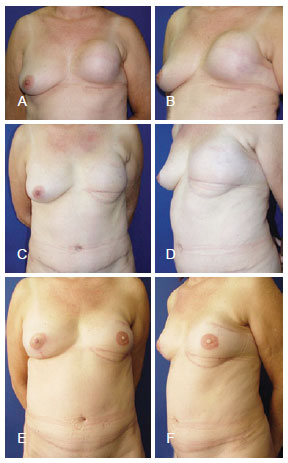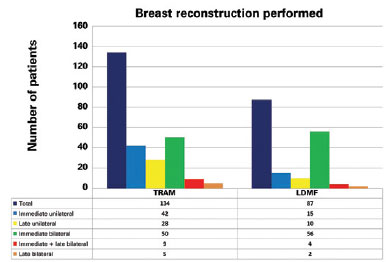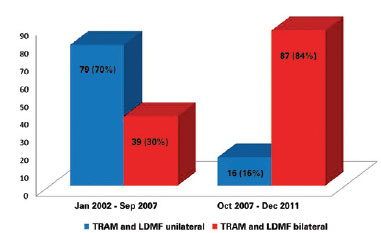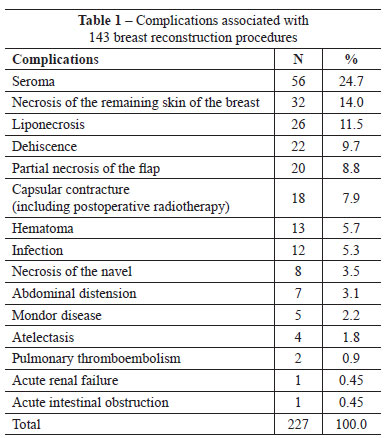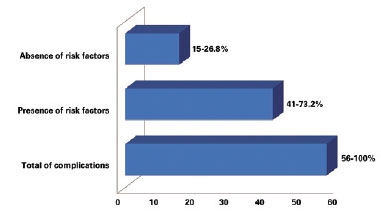ABSTRACT
INTRODUCTION: Breast cancer is a major global health problem with a gradually increasing incidence. Mastectomy and adjuvant therapies may result in physical complications and psychological disorders that lead several women to consider surgical reconstruction in order to reduce negative feelings, improve self-esteem, and be provided with a new breast. The aim of this study is to analyze a series of breast reconstruction procedures performed over a period of 10 years in the first author's private clinic in patients who underwent mastectomy for breast cancer removal.
METHODS: We analyzed the medical records of patients who underwent breast reconstruction between January 2002 and December 2011.
RESULTS: In the period considered, 428 breast reconstruction procedures were performed in patients who underwent mastectomy for breast cancer removal. The average patient age was 52.77 years. With regard to the type of reconstruction, 134 procedures were performed using the rectus abdominis muscle flap (TRAM); 105, using conservative techniques; 87, using the latissimus dorsi muscle flap (LDMF); 76, using prostheses; and 26, in secondary procedures. Before October 2007, the percentage of bilateral surgeries, including the use of TRAM and LDMF, was 30%. After October 2007, this percentage increased to 84%. The complication rate was 33.41%.
CONCLUSIONS: Breast reconstruction procedures are safe with limited complications that increase according to the presence of risk factors. The increased incidence of bilateral surgeries performed during recent years was attributed to the increased incidence of prophylactic mastectomy performed on the contralateral breast to reduce the risk of cancer and facilitate mammary symmetrization.
Keywords: Mammaplasty. Breast/surgery. Breast neoplasms. Surgical flaps.


